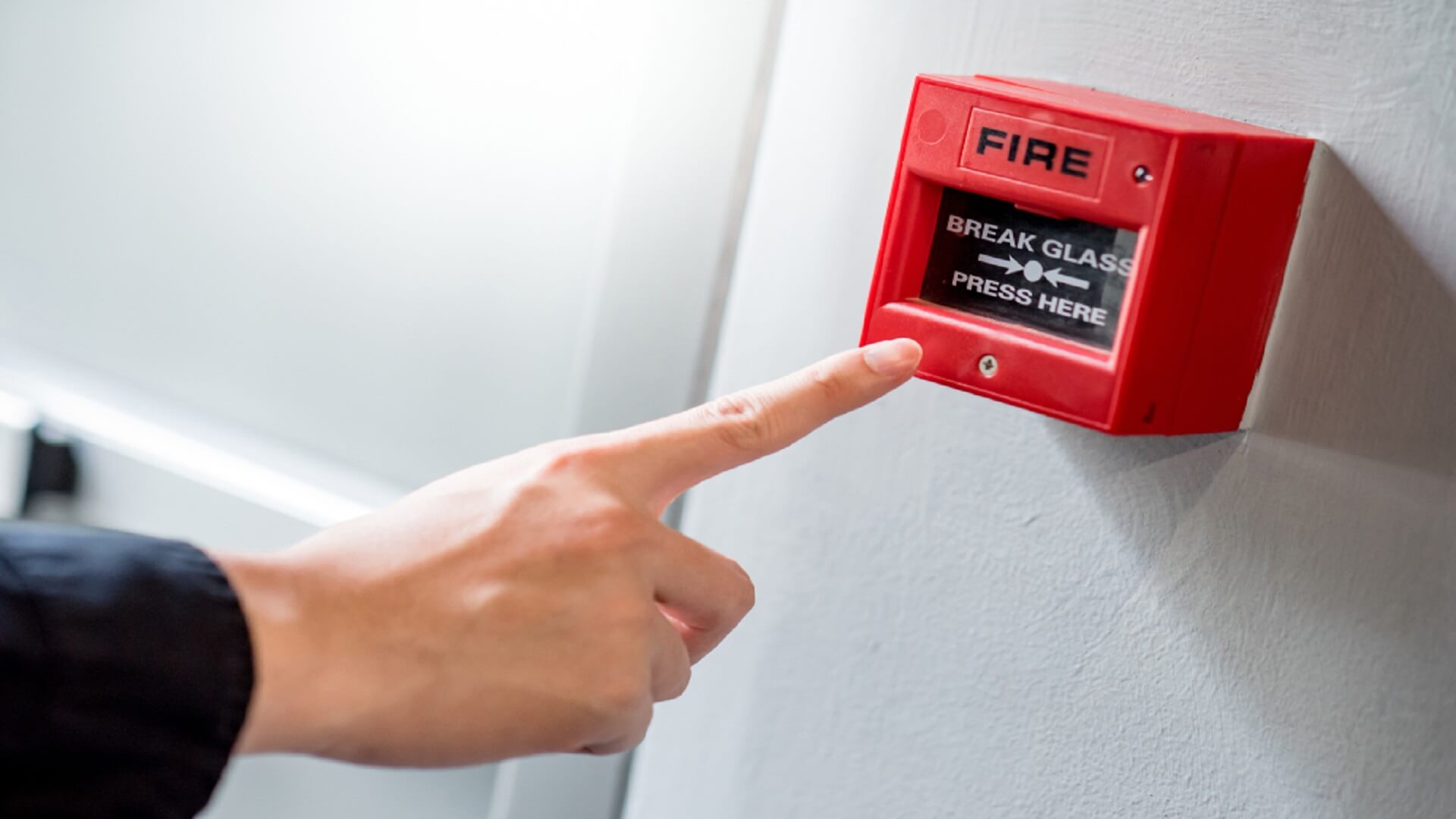Fire Alarm
Emergency Unleashed: Fire Alarm Ignites Safety
Measures and Swift Evacuation
Products
Description About Product
Fire detection systems provide constant monitoring and, therefore, early warning, to minimise the losses and liabilities associated with fire. This prevents damage to property and products, loss of life, financial loss, consequential loss of profit, loss of productivity and insurance repercussions. There are different types of electronic fire detection systems and accessories to suit every situation, ranging from small office installation to large scale warehousing and industrial applications.
Fire Alarm

The Wall Sounder Addressable Wall Sounder Strobe the core of our EN54-23 modular visual alarm device (VAD) range. All devices are weather proof. The unit is equipped with 3 levels of volume adjustment, high output LED beacon and 32 recognised tones which can be set via the control equipment or locally at the sounder.
When a fire alarm system is active, it continuously monitors the environment for signs of fire or smoke. Smoke detectors and heat detectors constantly analyze the air and surrounding temperatures for any abnormal conditions. If a detector senses smoke or heat beyond the predetermined threshold, it sends a signal to the control panel.
There are essentially two different types of fire detection systems: addressable systems and conventional systems. An addressable system is able to pinpoint the location of each and every detectorand other devices, where a conventional system only differentiatesbetween zones. Detectors include optical smoke detectors, heatdetectors, beam detectors, gas detectors and many more. Fire detection systems are widely used in offices, hotels, warehouses,factories and mines, to name a few.
- Interlinking systems
- Direct communication alarms
It's important to note that fire alarm systems may vary in design and complexity depending on the size, type, and specific requirements of a building. Building codes and regulations often dictate the installation and maintenance standards for fire alarm systems to ensure optimal safety.


These devices are responsible for alerting occupants of a building in the event of a fire. They can include audible alarms (such as sirens, horns, or bells) and visual alarms (such as strobe lights or flashing beacons). Notification devices are strategically placed throughout a building to ensure that people can hear or see the alarm wherever they are.
Advanced fire alarm systems may include communication devices, such as two-way intercoms or voice evacuation systems. These devices enable communication between building occupants and emergency responders, providing important instructions and assistance during an evacuation
The Intelligent Manual Call Point is compatible with all fire control panels utilising the fully digital communication protocol. Reliable and fast operation is achieved even when employing the impressive 240 device loop capacity. The operating glass" element on the front face of the Call Point and the alarm flag indicator can be easily reset using a special key. Therefore, after activation, the call point can be quickly restored to its normal quiescent state making it ready for immediate re-use. The Call Point design also provides bi-directional short circuit isolators, plus a visual LED indicator to confirm communication polling.
- Battery powered alarms
- Manually controlled alarms
It is an essential component of fire protection systems and is crucial for early detection and evacuation during a fire emergency.

Fire Alarm
- Category: Fire Alarm
It's important to note that fire alarm systems can vary in complexity and features depending on the building size, occupancy type, and local fire safety regulations. Professional fire alarm system designers and installers can assess specific requirements and design a system tailored to the needs of a particular building.








